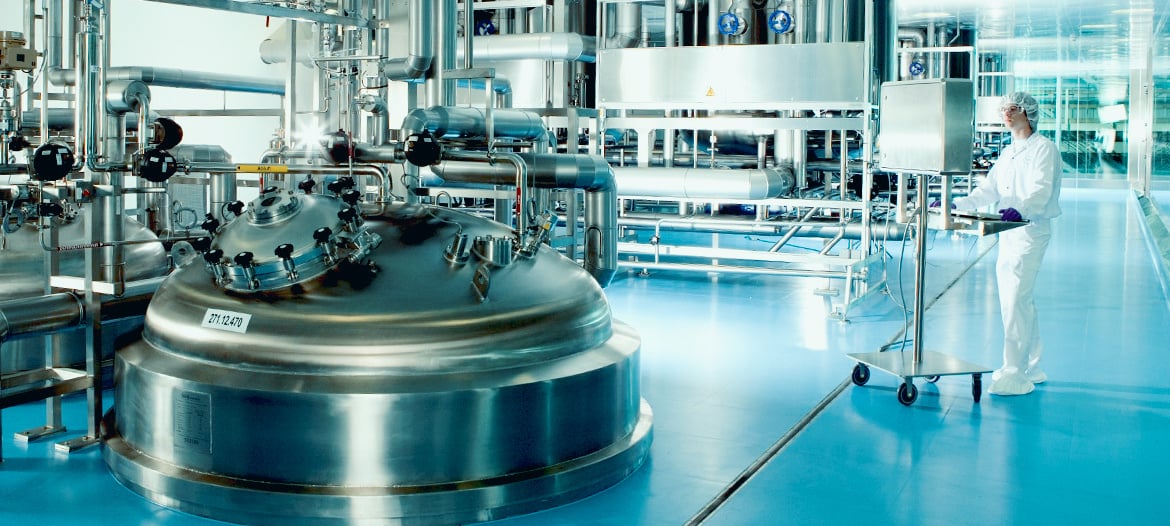Temperature Management: Key Culprit in GDP Inspection Findings
At the Leading Minds Seminar last November in Amsterdam, Riekert Bruinink , GMP/GDP consultant, formerly Dutch Healthcare Inspectorate, spoke about findings from 35 inspections over the past several years. The inspections were of pharmaceutical manufacturers, wholesalers, importers and secondary packaging companies.
Mr. Bruinink explained that although the European Union has a clear guideline to inspect every 5 years, they see that some companies are audited more often than others. When analysing the inspection database, it was noticed that countries in the north of Europe are performing more inspections than countries in the south - this is unfortunate but a reality. Inspections are typically announced giving some time for companies to prepare. Only about 50% of all GDP guidance topics are covered in an inspection, simply because it is impossible to cover everything in one day with one or two auditors.
By far the biggest cause for a major or minor finding was topics around temperature monitoring and temperature excursions. Here we will examine these issues further.
GDP Inspections: Storage Monitoring
Chapter 3 of the EU GDP Guidelines outlines requirements for monitoring, registration and control of storage areas. Mr Bruinink explained that in 93% of inspections, monitoring equipment was installed. However, 17% were out-of-date and not suitable for use anymore; and that only 32% performed summer and winter mappings. In conclusion, although monitoring systems were installed, their use and processes were not always sufficient.
Lessons from audits
-
One device to monitor an entire facility is insufficient.
-
If there are excursions, they must be communicated for someone to respond and action them.
-
If monitoring devices alarm, ensure all personnel are training along the supply chain on how to handle alarms and protocol is in place to action them.

Transportation: Working with subcontractors
In the field of transportation, the biggest shortcoming is typically about risk assessment and the outsourcing/contracting of logistics services: Have you performed your risk assessment? Do you have an SLA in place?
It is normal that you work with subcontractors in the logistics. Therefore, it is important that you keep control!
Lessons from audits
-
Evaluate subcontractors carefully, document your expectations, processes and their responsibilities in an SLA
-
Train and audit subcontractors to ensure they are handling products correctly, especially how to handle and communication excursions
-
Ensure contracts (QA/QTA) are always based on EU GDP Guidelines 2013
International markets: Brazil regulations
In Brazil, new legislation requires the qualification of transport/logistics of biological products; including transport lanes must be validated and you need an end-to-end monitoring solution in place. This guideline is very detailed and explicit, and leaves no ‘grey’ room for risk-based approaches, such as stability budget. The RDC No. 55/2010 guidelines requires continuous monitoring during the importation process and complete chain in Brazil. This is a bit unfortunate since harmonization with other countries will be very difficult.
Stability data
Mr. Bruinink’s feedback is working "proactively" with the Stability Budget in the supply chain (based on PDA technical report 53) is today state-of-the-art. Although investment is significant (Stability Studies following ICH guidelines, Monitoring, Management of Stability Budget along the supply chain, Deviation Management) it is a very interesting and efficient way to optimise logistics. Most inspectorates accept this "proactive approach" but be aware, that some inspectorates would say that you are not allowed to use the stability budget proactively, but instead the product owner must preserve the entire stability budget exclusively to "treat and manage excursions" (so just retrospectively) because the patient must be protected. "This is unfortunate - but don't be surprised if you get those discussions. You therefore might need a solution which allows an easy switch to strict label conditions for some countries".
To read more how to set up and use a stability budget, please visit here.

Humidity
As concerns grow over additional environmental impact on today’s biologics and temperature sensitive medicines, we asked Mr. Bruinink how humidity factors in to quality control.
He outlined EU GDP A3 section 2.1 that states, “Suitable equipment and procedures should be in place to check the environment where medicinal products are stored. Environmental factors to be considered include temperature, light, humidity and cleanliness of the premises”. It specifically mentions storage, and not transportation.
Elaborating further, he explains humidity is somehow important in logistics and containers during logistics to the secondary product. However, since most products are well packaged in a primary packaging, humidity will have no impact on the product quality. Therefore, the consensus of the EU-inspectorate is "As long as pharma products are not in their (final) primary packaging, humidity is a concern and must be monitored. But as soon as the product is protected with the primary packaging (blister, vial, syringe), humidity is not relevant any longer."







Leave a Comment